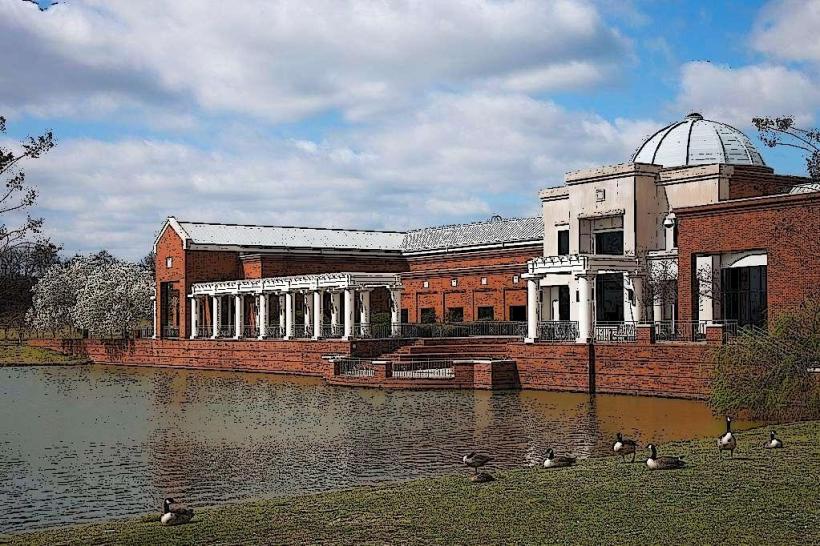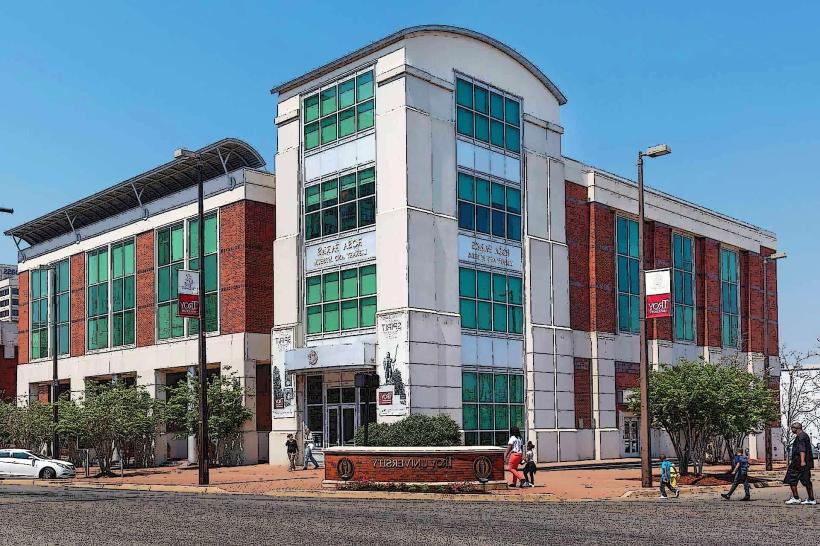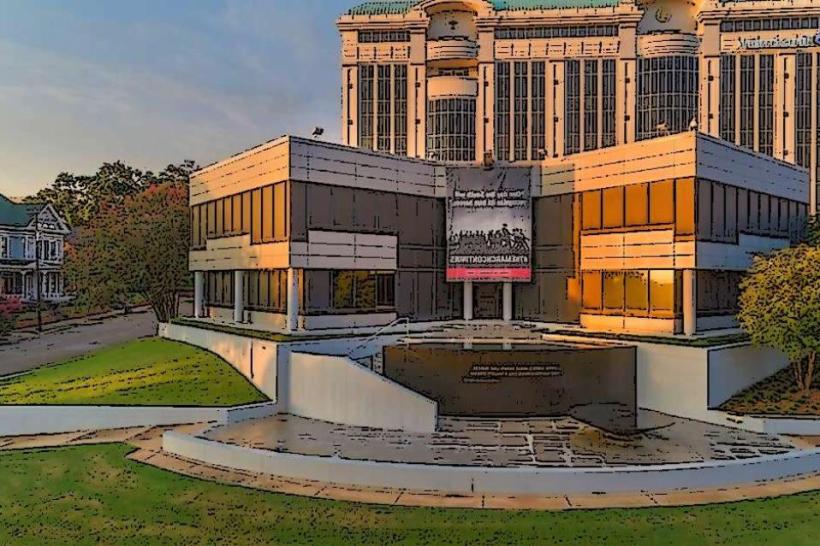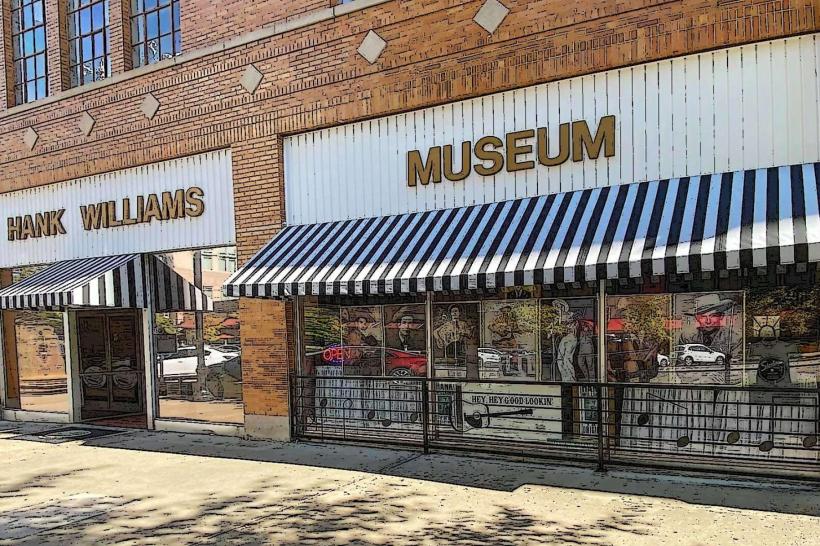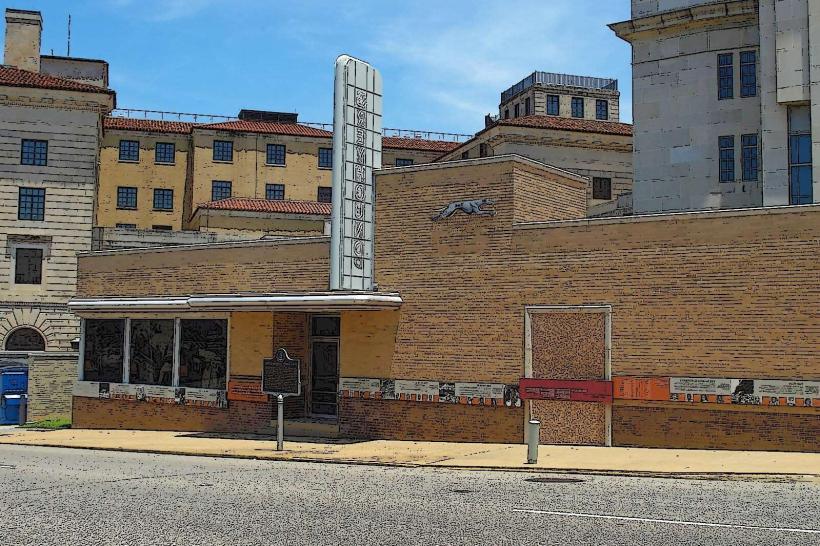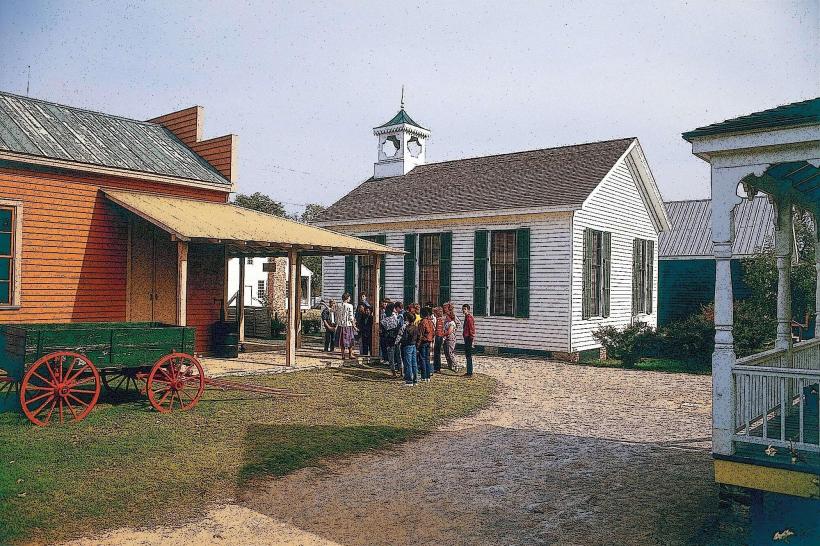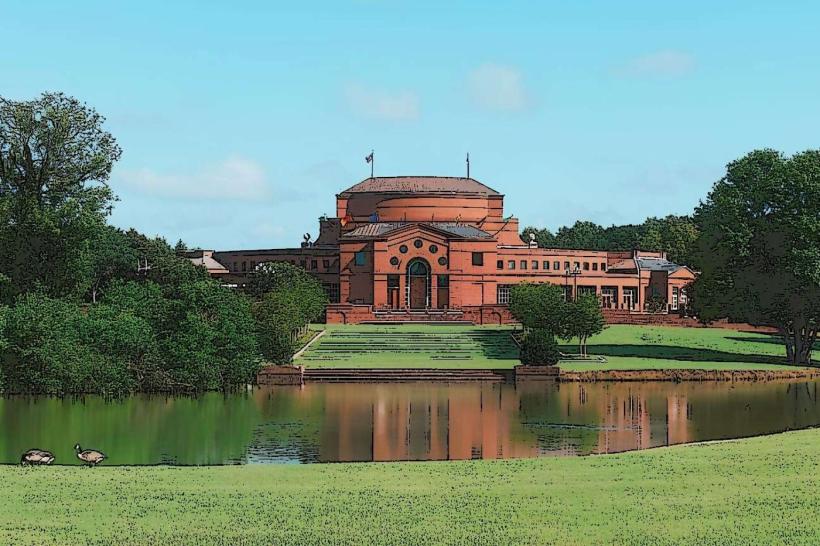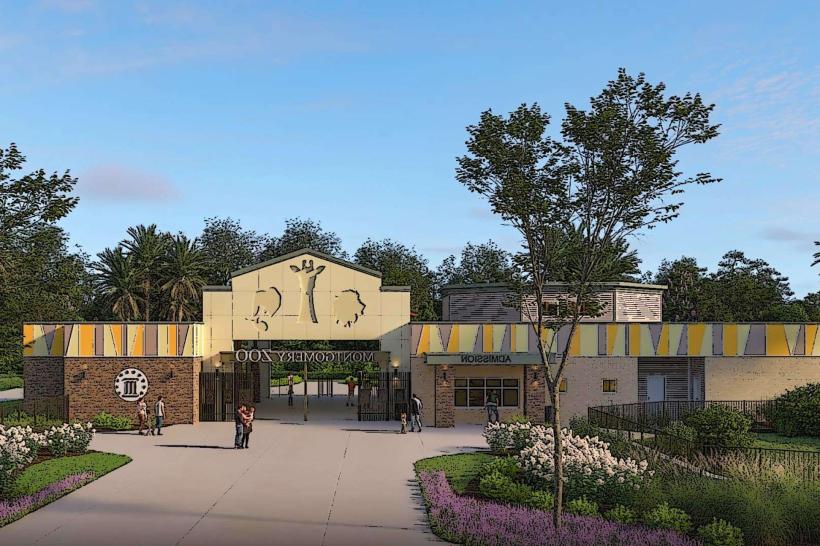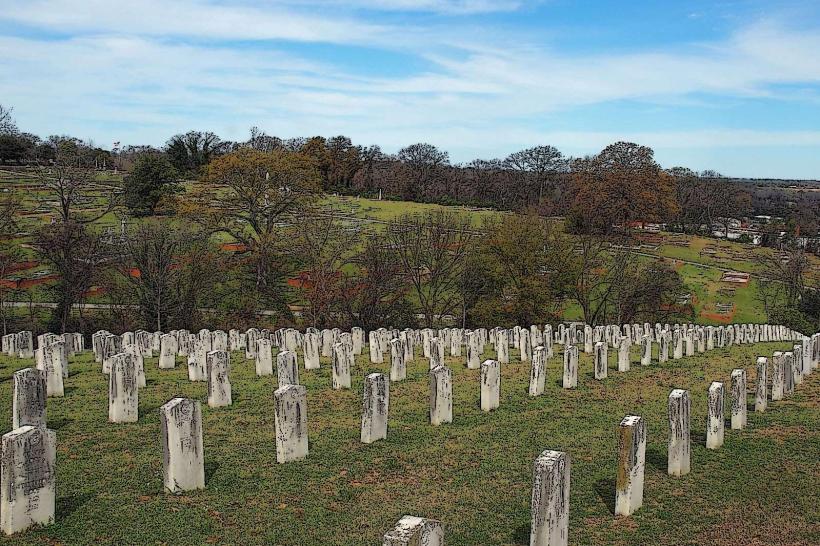Information
Landmark: Dexter Avenue King Memorial Baptist ChurchCity: Montgomery
Country: USA Alabama
Continent: North America
Dexter Avenue King Memorial Baptist Church, Montgomery, USA Alabama, North America
Dexter Avenue King Memorial Baptist Church in Montgomery, Alabama, is a historic and iconic church deeply intertwined with the American civil rights movement. It is recognized as both a place of worship and a landmark of social justice, drawing visitors interested in history, culture, and civil rights.
History and Background:
Built in 1889, the church was originally known simply as Dexter Avenue Baptist Church.
It became historically significant when Dr. Martin Luther King Jr. was appointed as its pastor in 1954, at the age of 25.
The church served as a strategic center for the Montgomery Bus Boycott (1955–1956), during which Dr. King emerged as a national leader of the civil rights movement.
Renamed in 1978 to honor Dr. King, the church now carries the full title Dexter Avenue King Memorial Baptist Church.
Architecture and Layout:
Style: Gothic Revival architecture, characterized by pointed arch windows, brickwork, and a tall steeple.
Sanctuary: Traditional church layout with a central pulpit, wooden pews, and stained-glass windows.
Historic Features: Original architectural elements preserved, along with exhibits and plaques commemorating Dr. King’s tenure and the church’s role in civil rights history.
Basement and Meeting Rooms: Used historically for organizing boycott strategies and civil rights meetings.
Cultural and Historical Significance:
The church was the headquarters for the Montgomery Improvement Association, which coordinated the successful bus boycott following Rosa Parks’ arrest.
Many key civil rights strategies, speeches, and planning sessions took place within its walls, making it a symbol of nonviolent resistance and social justice leadership.
It is designated as a National Historic Landmark, recognized for its contributions to American civil rights history.
Visitor Experience:
Guided Tours: Available to provide insight into the church’s architecture, historical context, and role in the civil rights movement.
Interior Exhibits: Include photographs, documents, and memorabilia related to Dr. King, the Montgomery Bus Boycott, and the broader civil rights era.
Services and Worship: The church remains an active place of worship, welcoming congregants and visitors alike. Attending a service can provide a meaningful connection to the living tradition of the church.
Nearby Landmarks: Located within walking distance of the Alabama State Capitol, the Civil Rights Memorial, and the Rosa Parks Library and Museum, making it a central stop in Montgomery’s civil rights heritage trail.
Visitor Tips:
Dress respectfully, especially if attending a service.
Allow 1–2 hours for a guided tour and self-reflection inside the church.
Photography may be limited inside the sanctuary, so check guidelines before taking pictures.
Combine your visit with nearby civil rights sites for a complete historical experience in Montgomery.
Significance:
Dexter Avenue King Memorial Baptist Church is more than a historic building; it is a symbol of courage, leadership, and the power of organized, nonviolent activism. It provides an immersive connection to the civil rights movement and offers visitors both historical education and spiritual reflection. The church’s enduring legacy as a site of strategy, worship, and social change makes it a cornerstone of Montgomery’s cultural and historical landscape.

